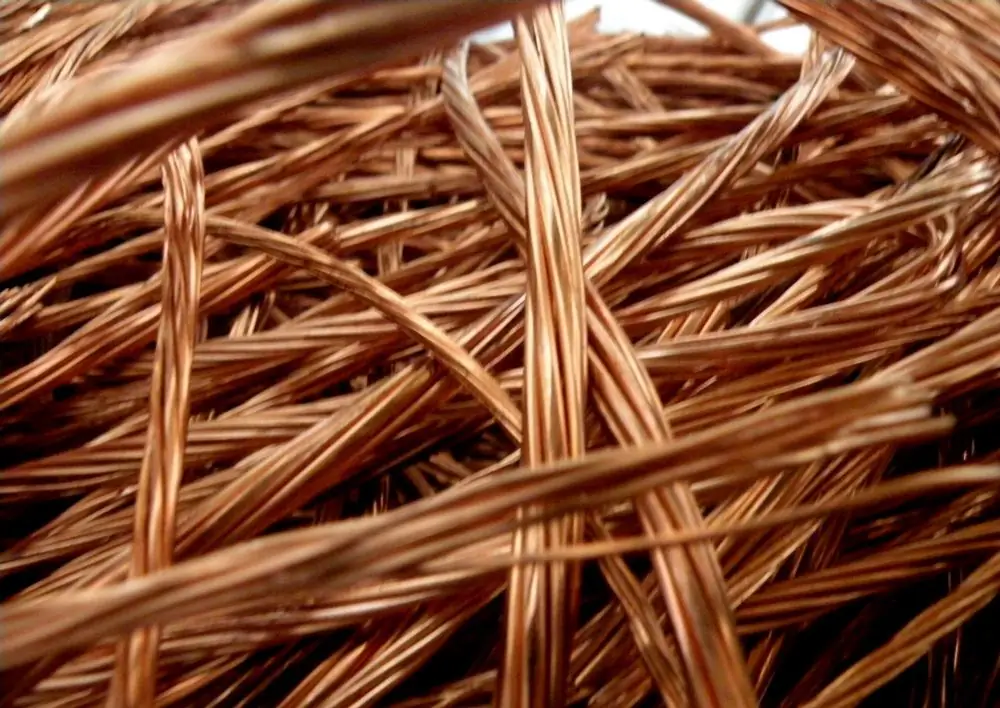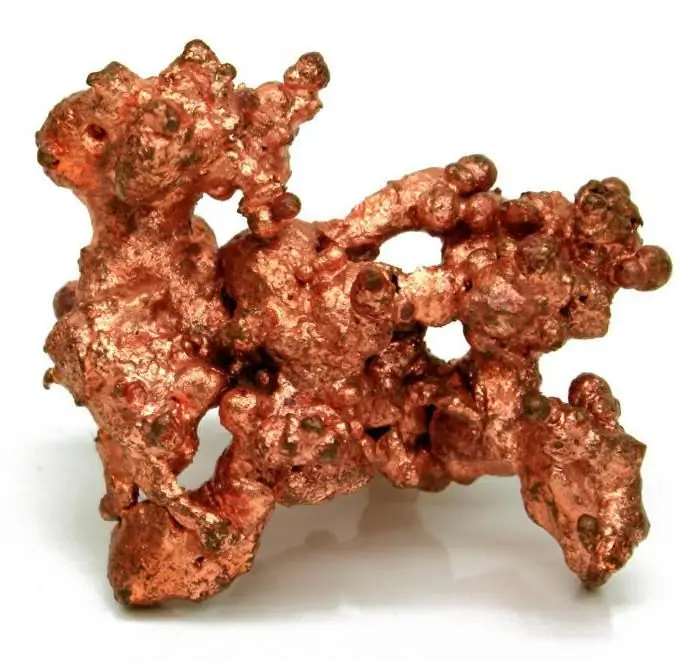2026 Author: Howard Calhoun | [email protected]. Last modified: 2025-01-24 13:10:35
Copper oxychloride (or "Hom", copper oxychloride, blitox, cupricol, zoltosan, cupritox) - refers to fungicides of medium toxicity. It allows you to quite effectively deal with various plant diseases: brown spot, macrosporiosis, late blight, scab, curl, powdery mildew, rust.

Copper oxychloride (average price is 16-18 rubles per pack of 40 grams) has no side effects on the treated plants. When contact requires the adoption of protective measures (gloves, mask, goggles). The drug, accidentally getting on the skin or in the eyes, should be immediately washed off with plenty of running clean water. For bees, the fungicide is of low toxicity, but it is better to isolate the hives before treatment (with an exposure of at least 6 hours after treatment).
Copper oxychloride is an analogue of Bordeaux liquid (substitute). A small minus associated with a weaker retention on the plant is neutralized by a significant plus, which lies in the simplicity of preparing the working solution (the drug is simply mixed with water andquickly dissolves in it).
Plants are recommended to be sprayed only during the growing season.
Use for disease protection

1. To protect against moniliosis and scab, six sprays of the tree are required, and the first spray should be when the pink color of the buds appears (pink), the second - immediately after flowering, then - with an interval of 15 days (if necessary). Consumption rate - 35 gr. per bucket of water (average).
2. Against the curly leaves of apricot, cherry, peach, plum and sweet cherry, against coccomycosis and clasterosporiasis, four sprays will be required: the first - with swollen but not yet blossoming buds, the second - immediately after flowering, two more - with a two-week interval. Consumption rate - 35 gr. per bucket of water (average).
3. To protect potatoes from macrosporiosis and late blight, five treatments are required: when budding, the first treatment (for insurance), if there are signs of one of these diseases, the next treatment, three subsequent ones, if necessary, with a two-week interval. Consumption - 40 gr. to a bucket of water. Colorado beetle larvae also die in treated areas, and mature insects of treated plantings are wary.
4. To protect crops (plantings) of onions or cucumbers from peronosporosis, treatment is carried out only when signs of one of these diseases are detected. Re-treatment - after two weeks. Consumption - 40 gr. on a bucket of water.
5. In case of hop peronosporosis, the treatment is carried out atdisease, then every 16 days if the weather is dry, and every 10 days if it rains. The last treatment can be carried out three weeks before harvest, regardless of the type of crop.

To increase the retention (stickiness) of the solution, it is recommended to add a small amount of 1% skimmed milk.
Copper oxychloride is non-phytocidal for most crops, but tender, particularly sensitive plants may subsequently scorch.
The drug is well combined with many pesticides and, when used wisely, shows a very high efficiency. The shelf life of copper oxychloride packed in paper bags is practically unlimited.
Recommended:
Tinned copper: concept, composition, manufacture, characteristics and application

Tinning means to cover metal products with a thin layer of tin, which in turn prevents the process of oxidation of metal surfaces. But if we take into account the maintenance of the soldering iron, then the process is slightly different
Copper powder: production, purpose and application

Copper powder is a product widely used in the paint and varnish, chemical, automotive, instrument making, and nanotechnologies industries. There are several main brands of such a product. And all of them are produced in accordance with the standards stipulated by GOST
Copper plate, foil, tape: production, characteristics, application

Copper is one of the most popular metals in the world today, it is used in many areas of production
Polyvinyl chloride - what is it? Polyvinyl chloride production technology and applications

If you decide to use PVC in construction or repair, what it is, it is important to find out before starting work. This material belongs to synthetic thermoplastic textures
Vinyl chloride (vinyl chloride): properties, formula, industrial production in Russia

Vinyl chloride: general description of the compound, chemical and physical properties. Empirical and structural formulas. polymerization reaction. Production methods, main producers in Russia. Application. The impact of vinyl chloride on human he alth

